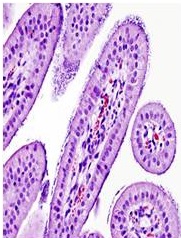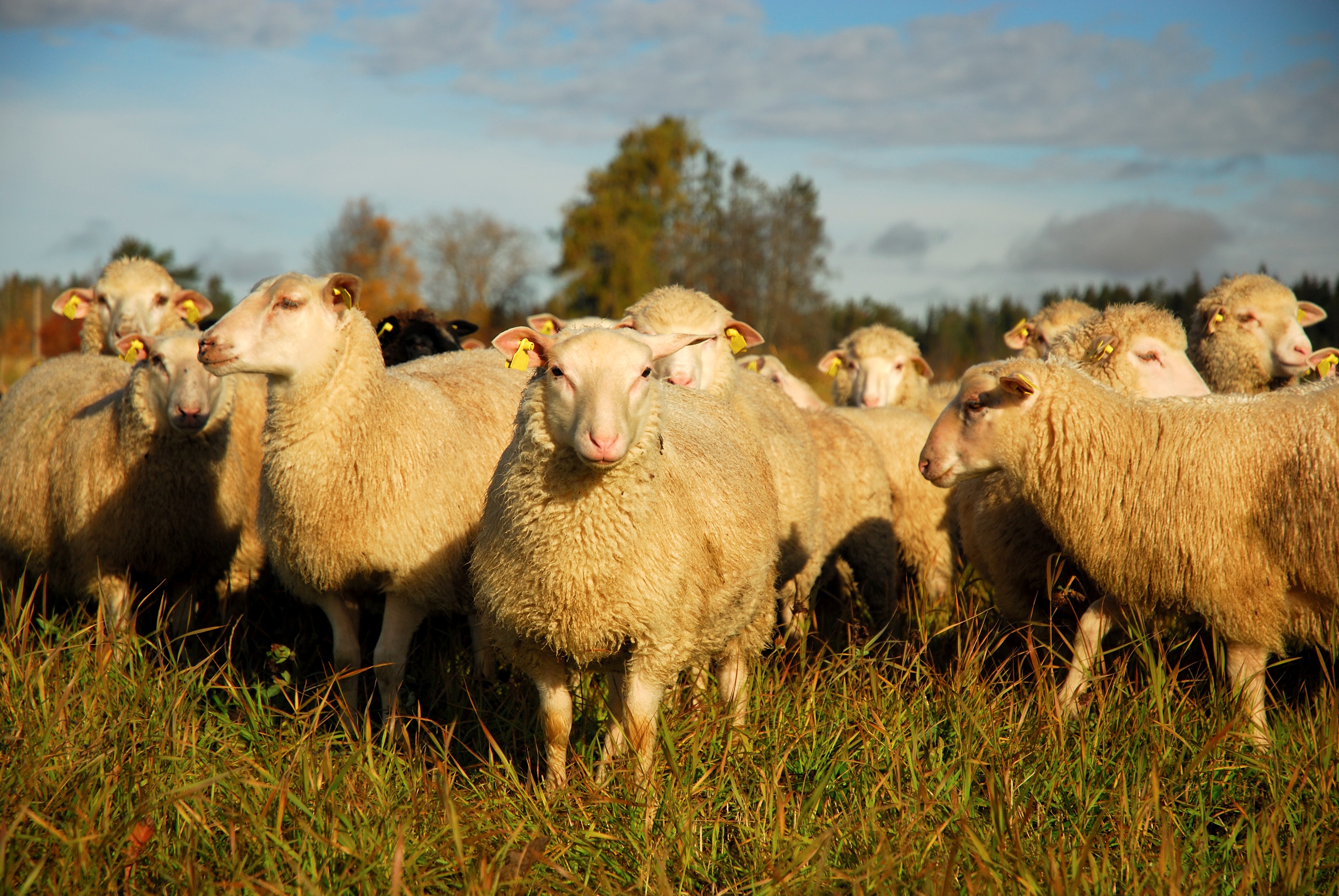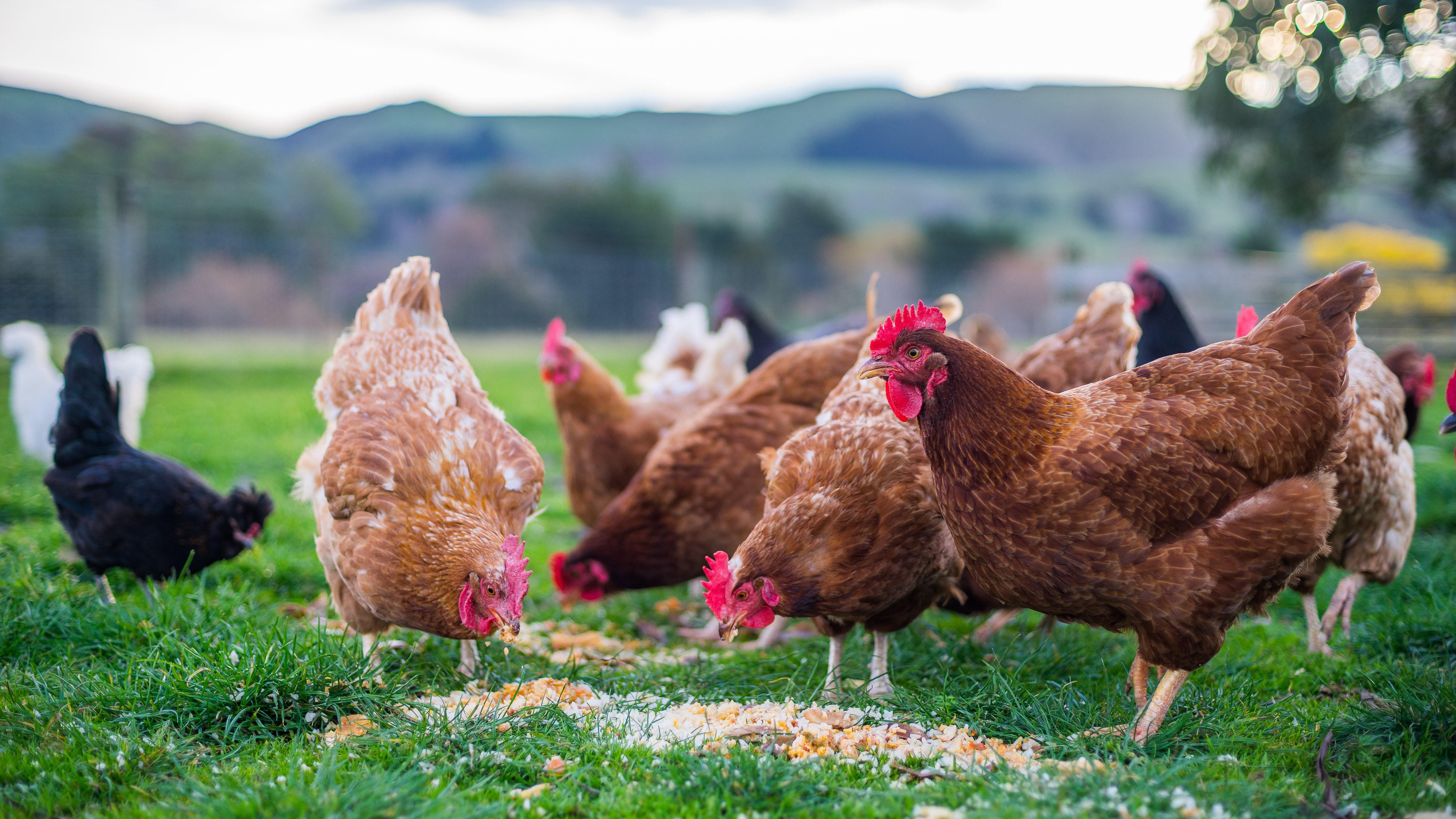Neonatal Porcine Diarrhoea
Neonatal Porcine Diarrhoea : Author Shane McGettrick
Neonatal diarrhoea is a frequent condition observed in conventional commercial pig farms. It is mostly due to infectious causes and the root cause is frequently related to suboptimal cleaning and disinfection management practices. Stocking density in modern pig farms mean the resting time of cleaned and disinfected farrowing houses, which is essential for dessication of infectious agents, is frequently reduced or eliminated. This can result in extremely high infection pressures, causing recurrent infectious diarrhoea problems. Common infectious agents are rotavirus (mostly type A but also types B and C), enterotoxigenic E coli (ETEC), Clostridium perfringens type A and C, Clostridium difficile and Isospora suis (coccidia). Novel coronavirus infections, which have not been diagnosed in Europe, such as virulent porcine epidemic diarrhoea virus (PED), delta coronavirus, and transmissible gastroenteritis virus (TGEV) are pathogenic enough to cause problems even on farms with good hygiene practices. PED has caused huge livestock losses and subsequent economic damage in North America since it was first diagnosed in May 2013.
Diagnosis
The critical step for the diagnosis of infectious neonatal diarrhoea is the optimal selection of animals for sacrifice and full pathological examination – ideally animals that have just started to show diarrhoea and are not yet dehydrated. The selection of acute cases is particularly important for rotavirus and coronavirus as these viruses infect intestinal epithelial cells which are lost as the disease progresses (and are among the first tissues to be affected by post mortem changes). The ideal submission for pathological examination is live piglets for euthanasia, as within 30 minutes of death it may be impossible to recognize the pathological changes associated with ETEC or Isospora suis. Isospora causes disease in neonatal pigs as a prepatent infection so histopathology on good quality fresh specimens is essential for diagnosis.
If live piglets cannot be submitted, it is essential that a veterinary surgeon submit fresh samples, 10-15cm long, of jejunum, ileum, caecum and colon. In addition 2-4 sections of ileum, 4-5 sections of jejunum and sections of caecum, proximal colon and spiral colon should be gently flushed with formalin and then immersed in formalin for histopathology.

For further information and assistance on collection of appropriate diagnostic samples to
diagnose causes of diarrhoea in pigs please contact shane.mcgettrick@agriculture.gov.ie.






